I know I missed last week, but it’s ok because it was for a good reason! I’ve been working on Düdle marketing and getting the word out. I try to make regular Facebook posts and tweet about the game’s progress. I post düdles that people have drawn to Instagram as well as cute pictures of the clay Dudley sculpture I made. But how could I tell if these things were working?
To find out I sent in a question to the marketing podcast Not a Real Job. Chris Van Patten and Joel Kelly answer questions about online marketing and I thought they would be able to help. Well boy was I in for a surprise! Not only could they help (with great advice about marketing and using Kickstarter) but also gave a great Düdle shout-out in the beginning of episode 28:
To find out I sent in a question to the marketing podcast Not a Real Job. Chris Van Patten and Joel Kelly answer questions about online marketing and I thought they would be able to help. Well boy was I in for a surprise! Not only could they help (with great advice about marketing and using Kickstarter) but also gave a great Düdle shout-out in the beginning of episode 28:
Check it out! It’s super cool. It’s a really interesting idea for a sort of Cards Against Humanity, Apples to Apples, type game but more picture based and more creative. I like the idea of this game where you get to be the creative force.
Last Wednesday they held a Not a Real Job fan meet-up in NYC. So after such a rave review from two strangers that had never even played the game I figured it would be worth the train ticket to the city and share the game with them in person. So instead of writing and posting a blog post last Wednesday, Benn and I took the train into NYC to meet people from the Internet. (I can see my rational self cringing)
It was an awesome time! Joel and Chris are super cool guys. The other fan that showed up, Josh was also great. The bar, Mother’s Ruin, had these great butcher-block tables so it was the perfect place to play Düdle. We played two rounds and it was incredible; five strangers huddled and drawing in silent concentration in the middle of a busy, rowdy SoHo bar... incredible! We had an awesome time drawing and guessing, check out our drawings below.
Today, the newest episode of Not a Real Job came out and not only did they mention playing the game, they gushed over it!
It was an awesome time! Joel and Chris are super cool guys. The other fan that showed up, Josh was also great. The bar, Mother’s Ruin, had these great butcher-block tables so it was the perfect place to play Düdle. We played two rounds and it was incredible; five strangers huddled and drawing in silent concentration in the middle of a busy, rowdy SoHo bar... incredible! We had an awesome time drawing and guessing, check out our drawings below.
Today, the newest episode of Not a Real Job came out and not only did they mention playing the game, they gushed over it!
We got to play Düdle! Which is as super, super, super fun card/drawing based game. You’ve got to go to the website and you got to check out this game. Sign up for the newsletter so you can find out about this really fun game. It’s definitely a unique game. There are games that it pays some homage to, like Pictionary, Cards Against Humanity, Apples to Apples, but it definitely brings its own spirit and personality that makes it so wonderfully fun to play, I am excited to play it again and I think you will be too after you check it out. You would be crazy not to get on board with it.
Very, very exciting times at the Düdlesphere! Make sure you listen to Chris and Joel and sign up for the newsletter if you haven’t already!
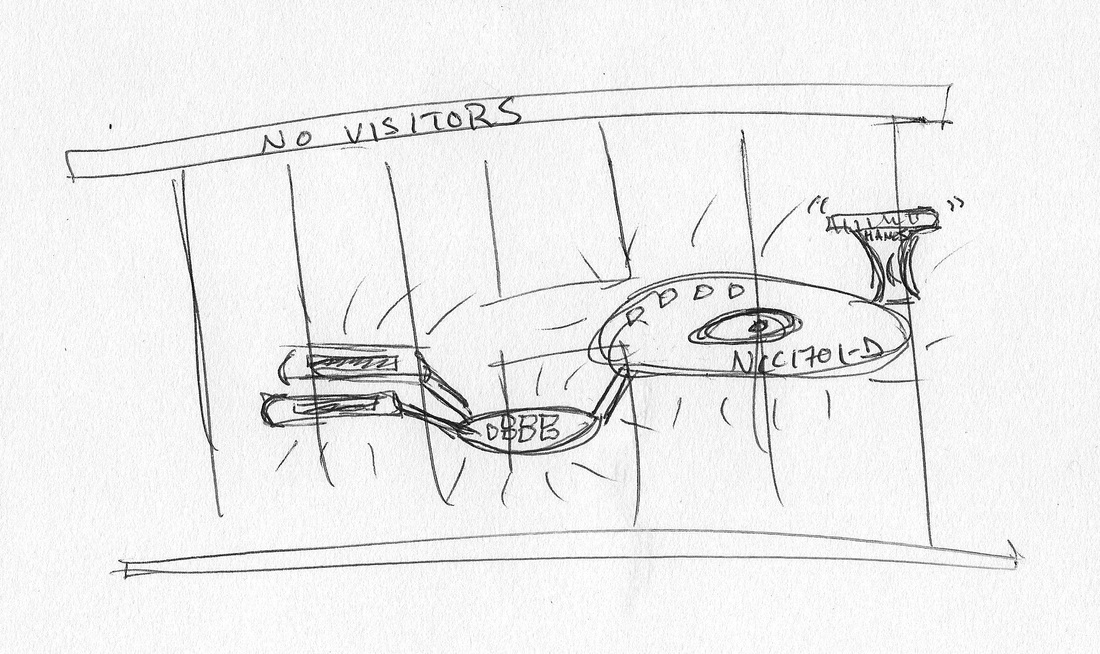
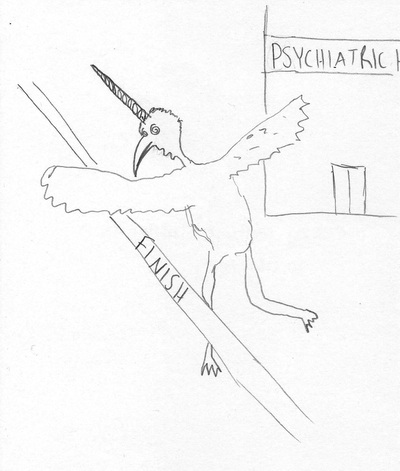
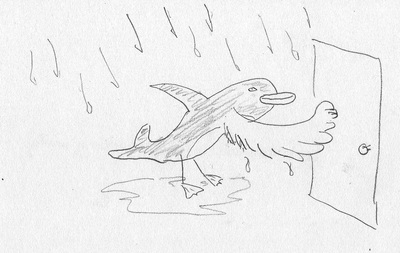
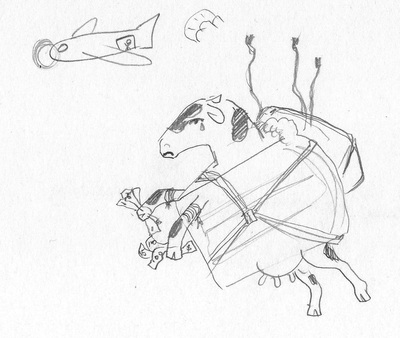
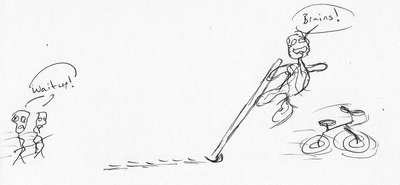
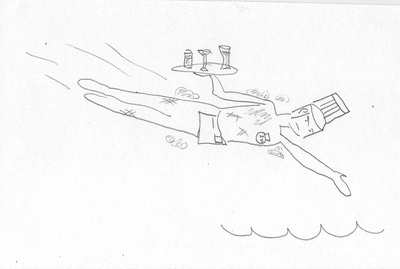
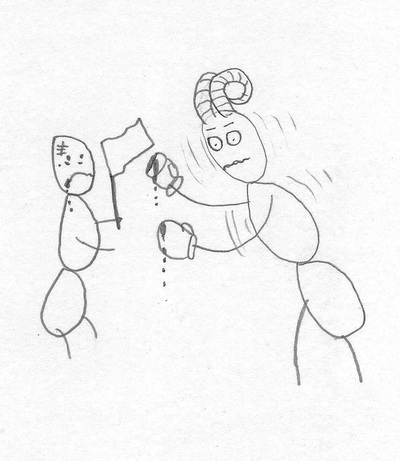
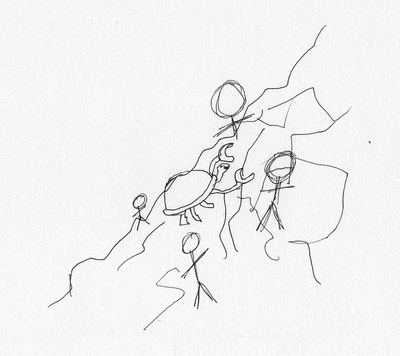
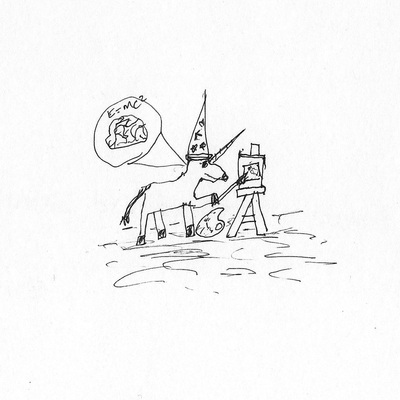
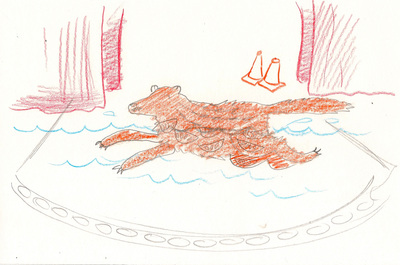
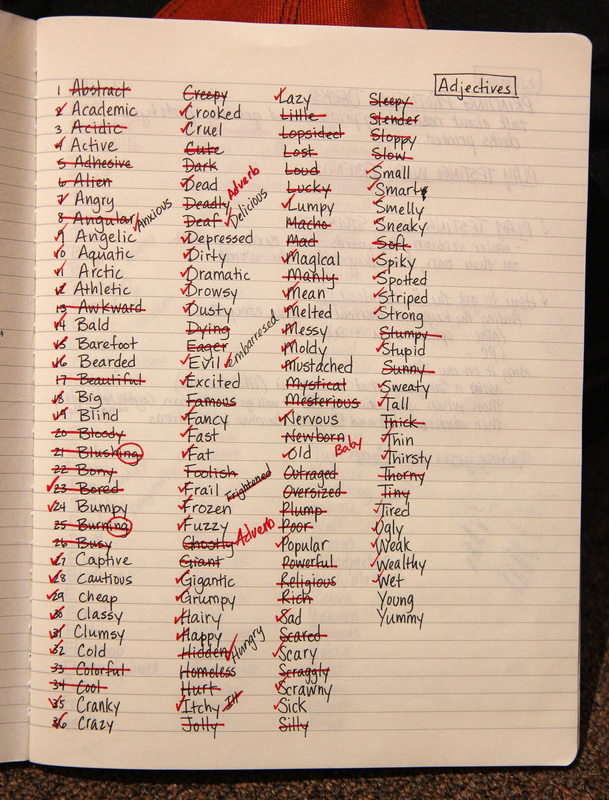
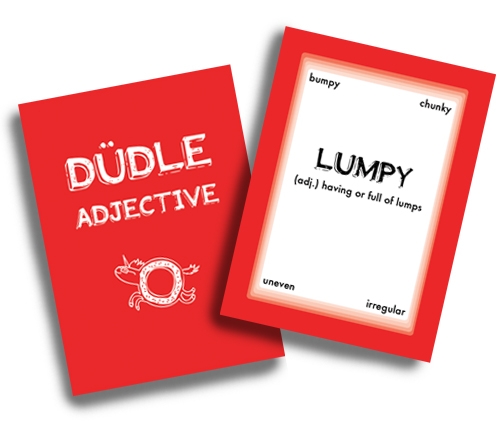
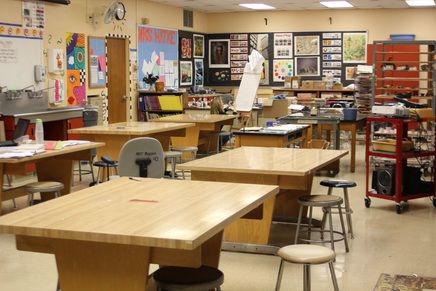
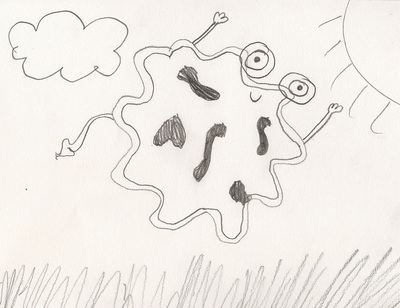
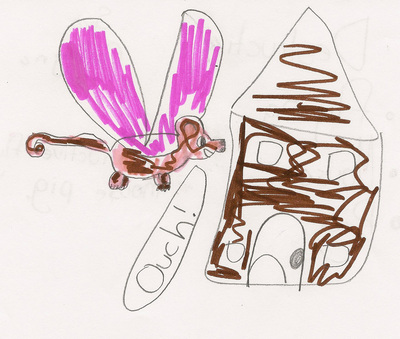
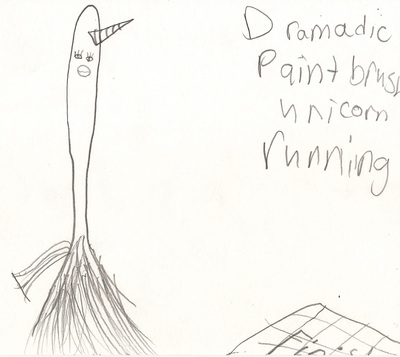
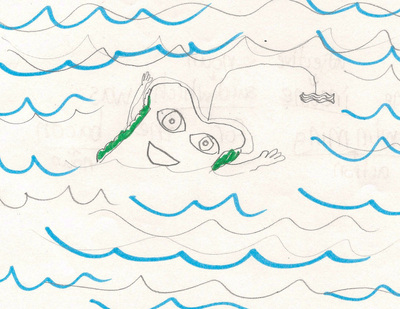
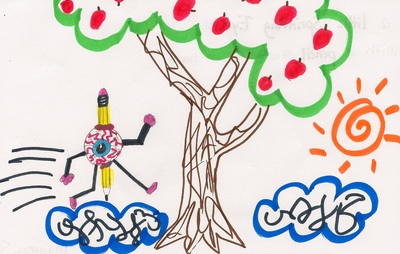
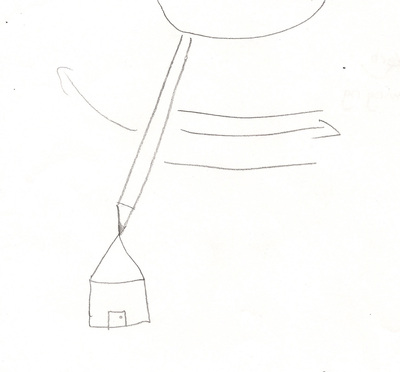
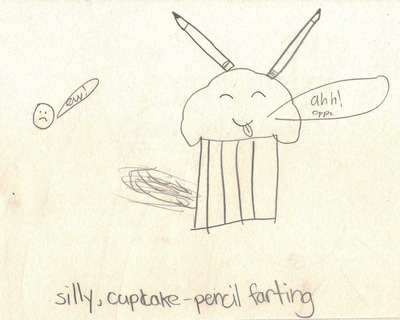
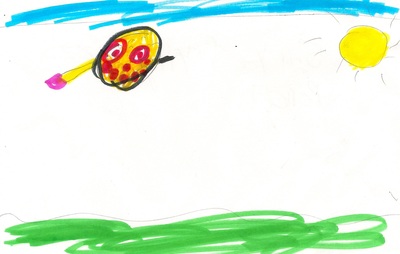
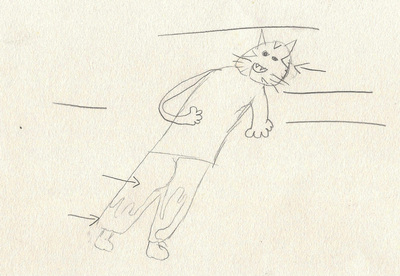
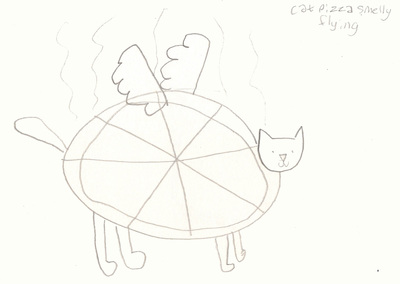
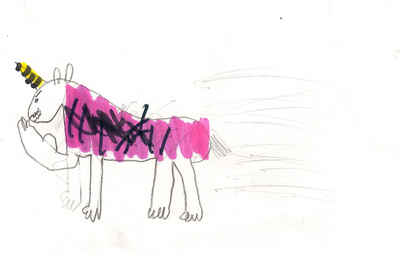
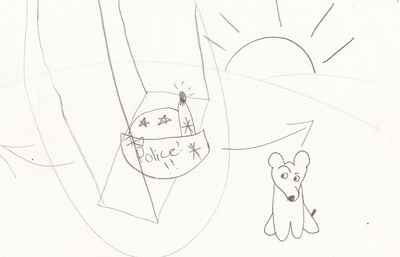
 RSS Feed
RSS Feed